How Tensar Geogrid Transforms Infrastructure Projects: Real-Life Industry Cases
Discover how Tensar geogrid enhances soil stabilization and reduces costs through real-life road and highway projects.
Tel: +86-411-39569550 | E-mail: info@geofantex.com/geofantex@gmail.com
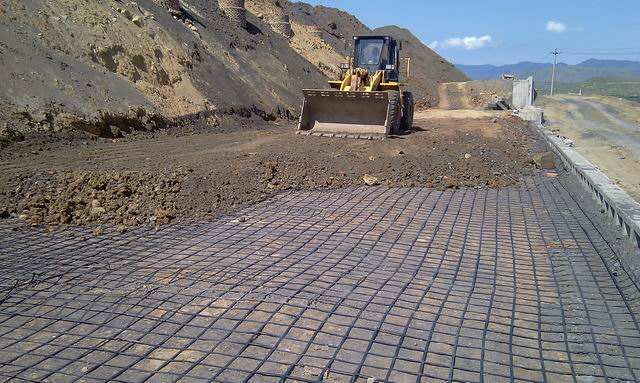
Discover how Tensar geogrid enhances soil stabilization and reduces costs through real-life road and highway projects.
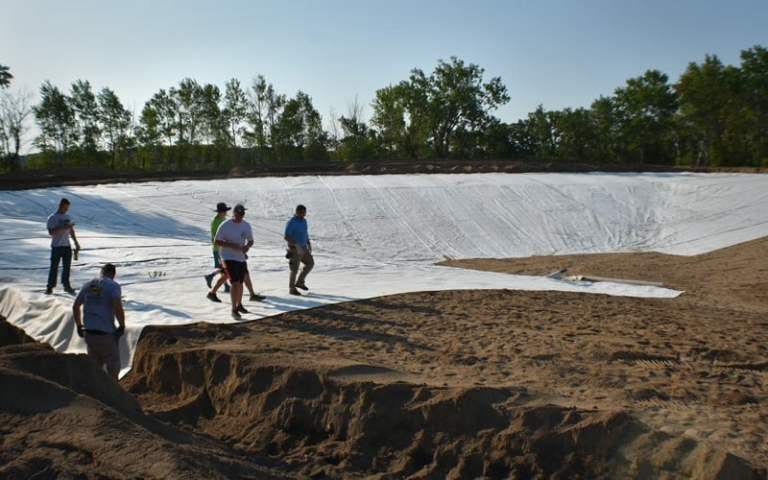
Latest GCL liner news with global geosynthetics trends, market growth, and sustainability innovations in 2025.
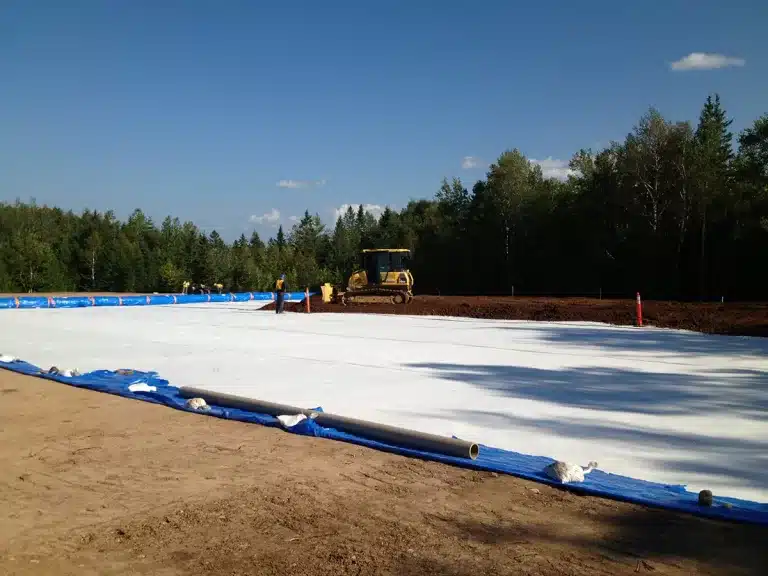
Discover the latest geosynthetics news featuring Claymax liner, market innovations, and sustainability trends in 2025.
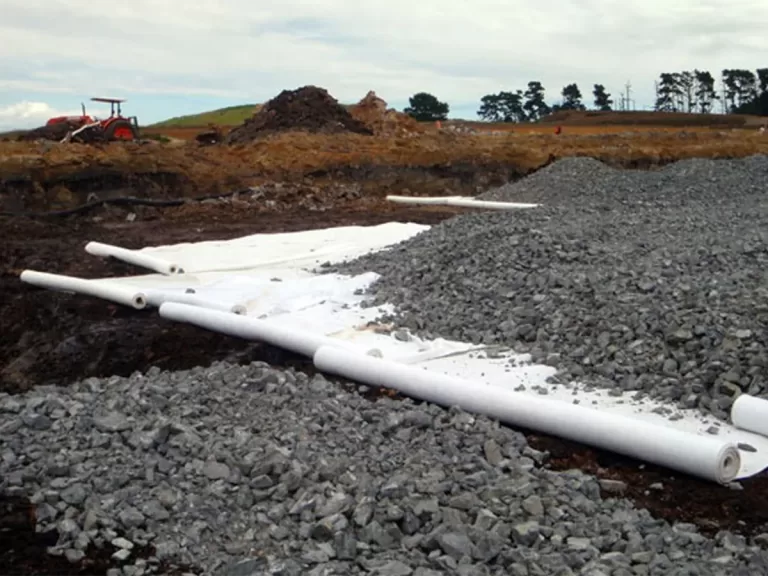
Discover how woven geotextile fabric improves soil stabilization, erosion control, and construction efficiency.
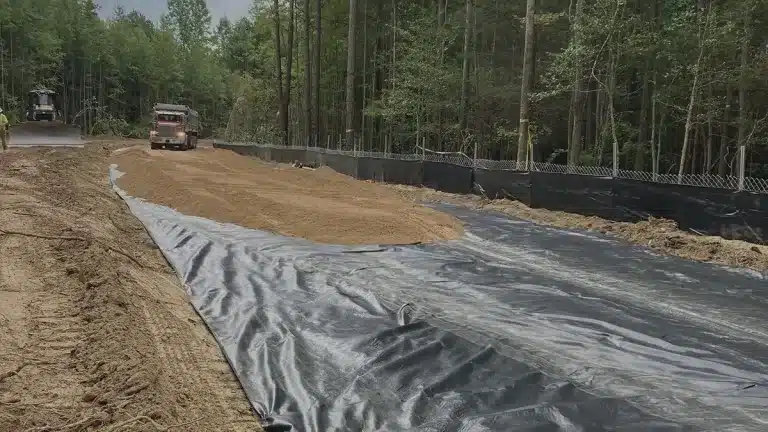
Discover how woven geotextile fabric improves soil stabilization, erosion control, and construction efficiency.

Discover real case studies where geosynthetic drainage panels enhance water control and structure stability in urban and highway projects.

Explore real-world cases where geocomposite wall drain systems enhance drainage and structural stability in engineering projects.

meta_description: Geonet landslides mejoran estabilidad y reducen erosión en taludes, impulsando soluciones geotécnicas sostenibles.
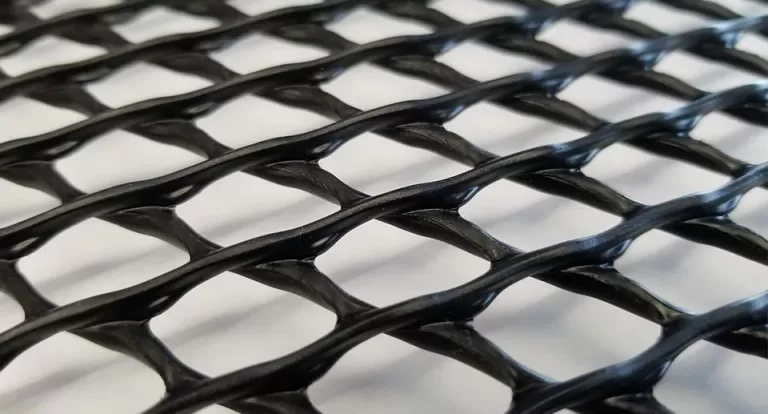
Geonet HDPE products lead sustainable growth in geosynthetics with recycled materials and rising global demand in Q2 2025.
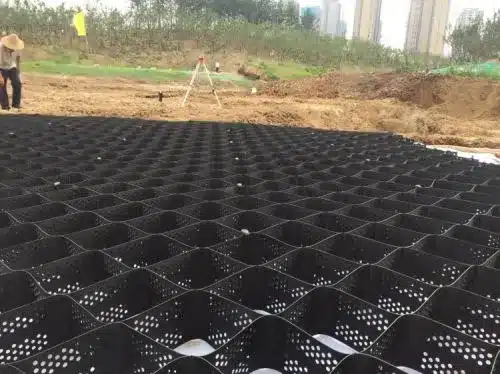
Explore how to select the best geocell for sale for erosion control, soil stability, and heavy-duty ground reinforcement in construction.
End of content
End of content
WhatsApp us